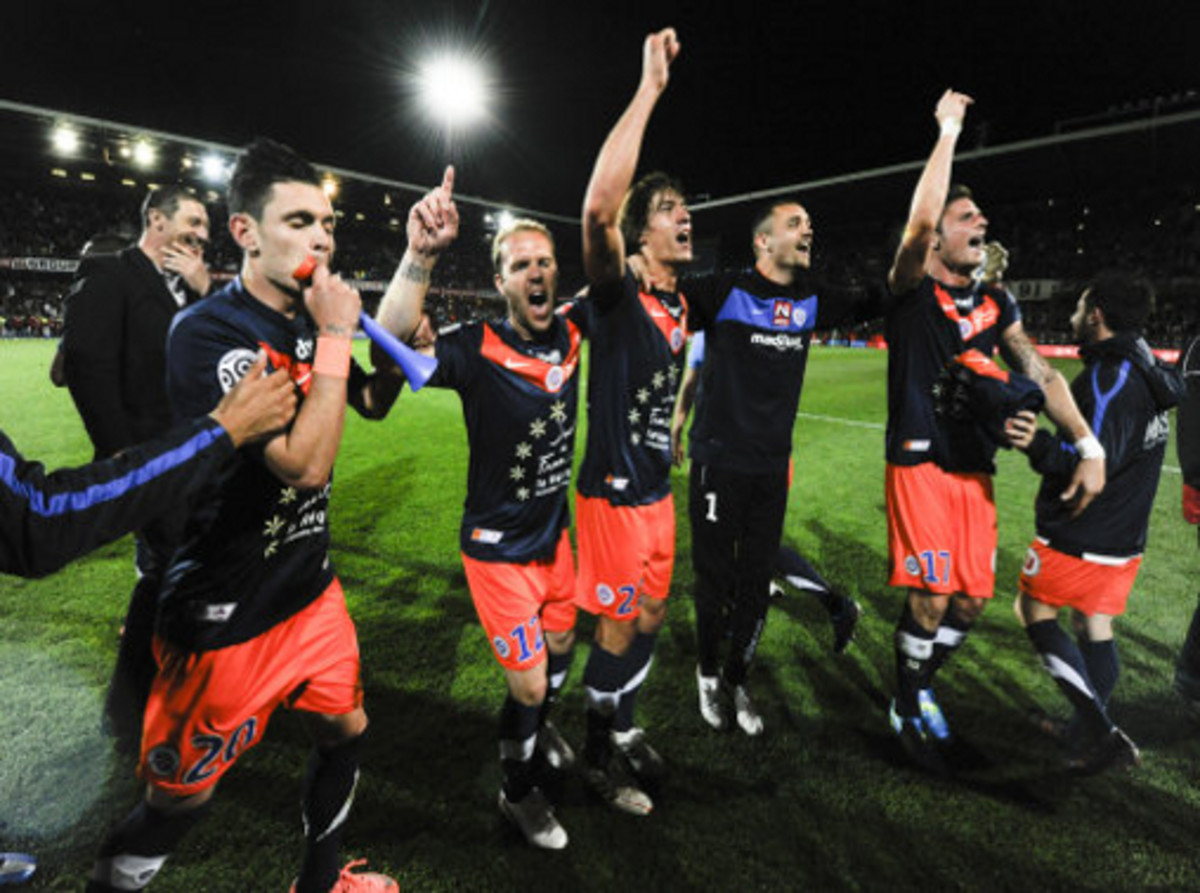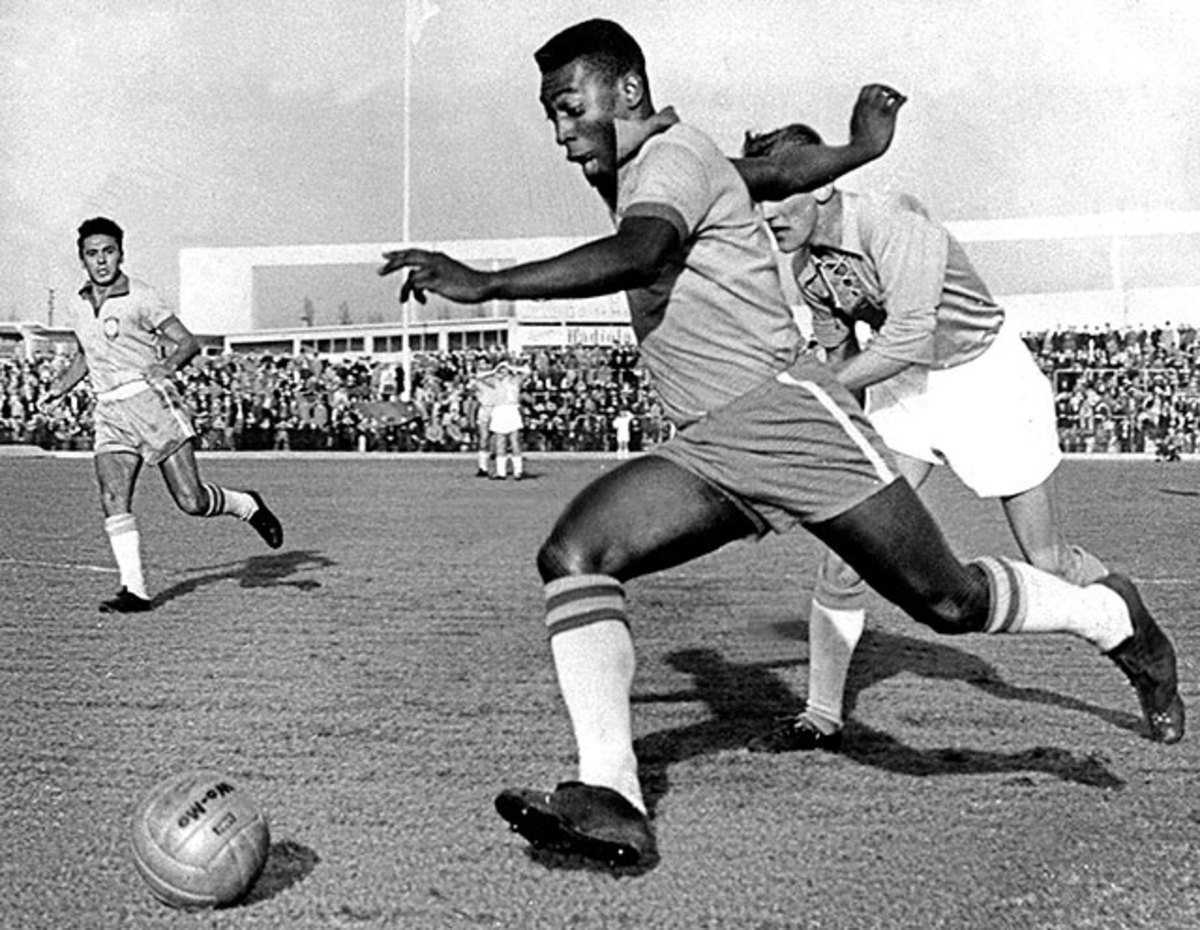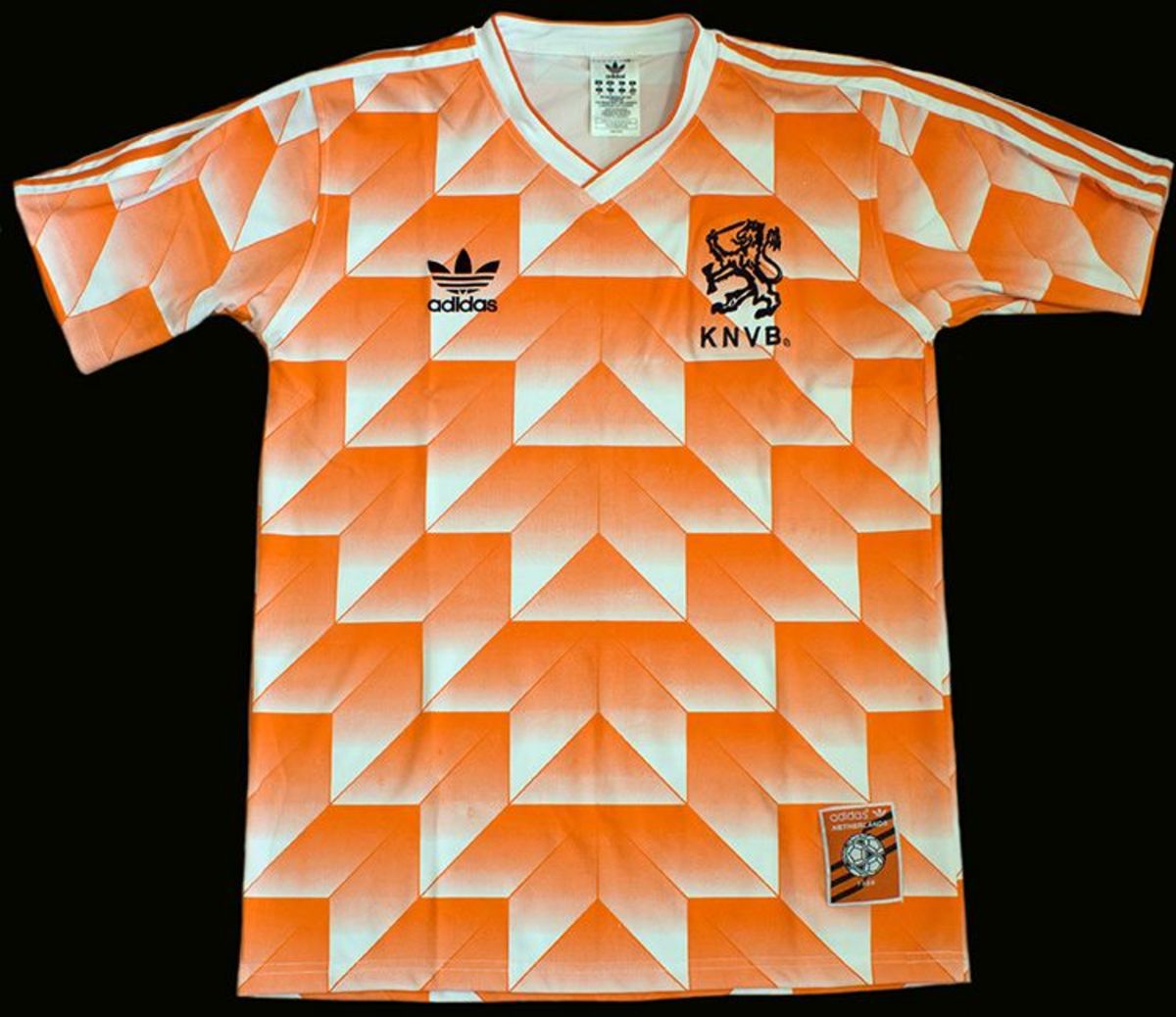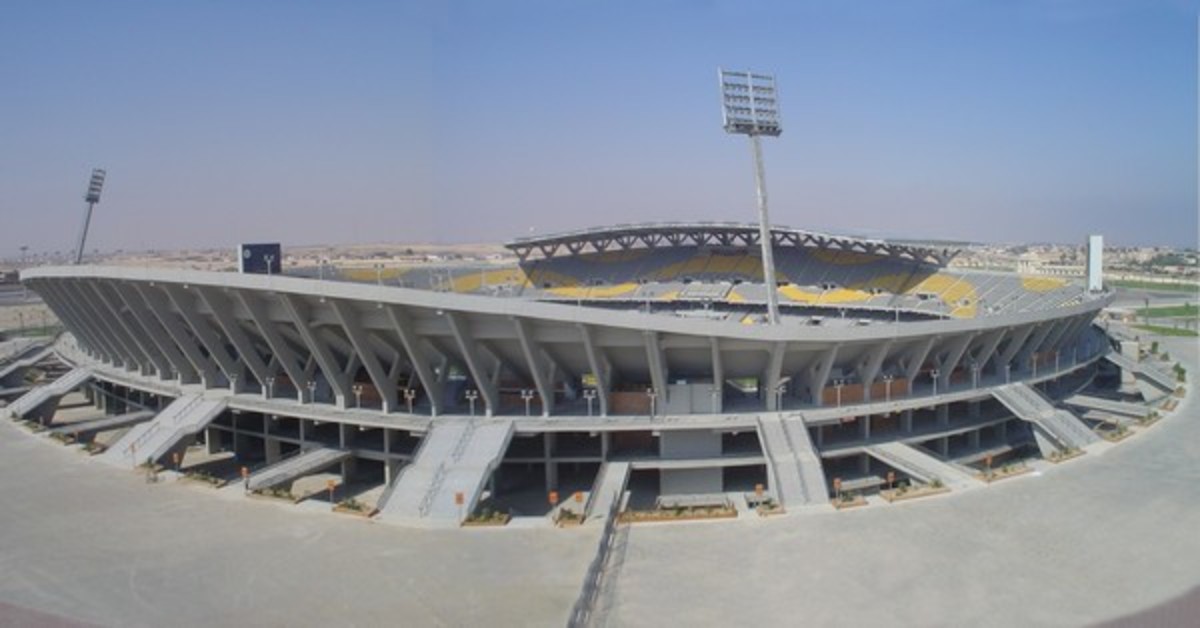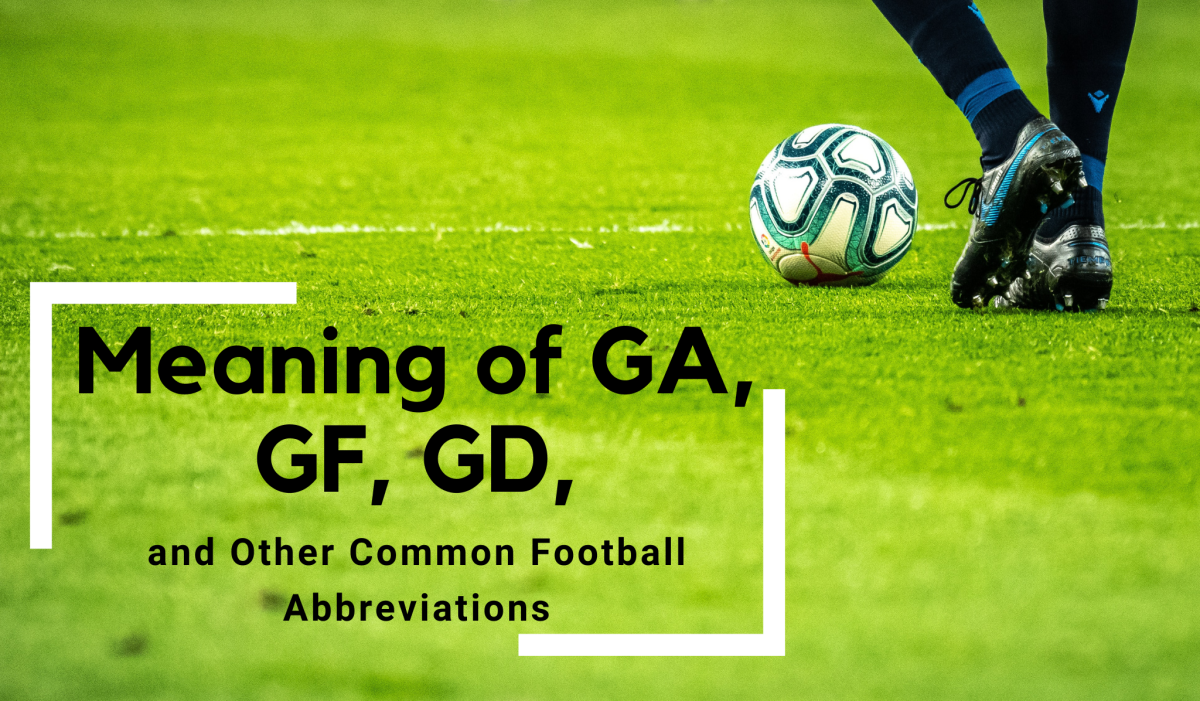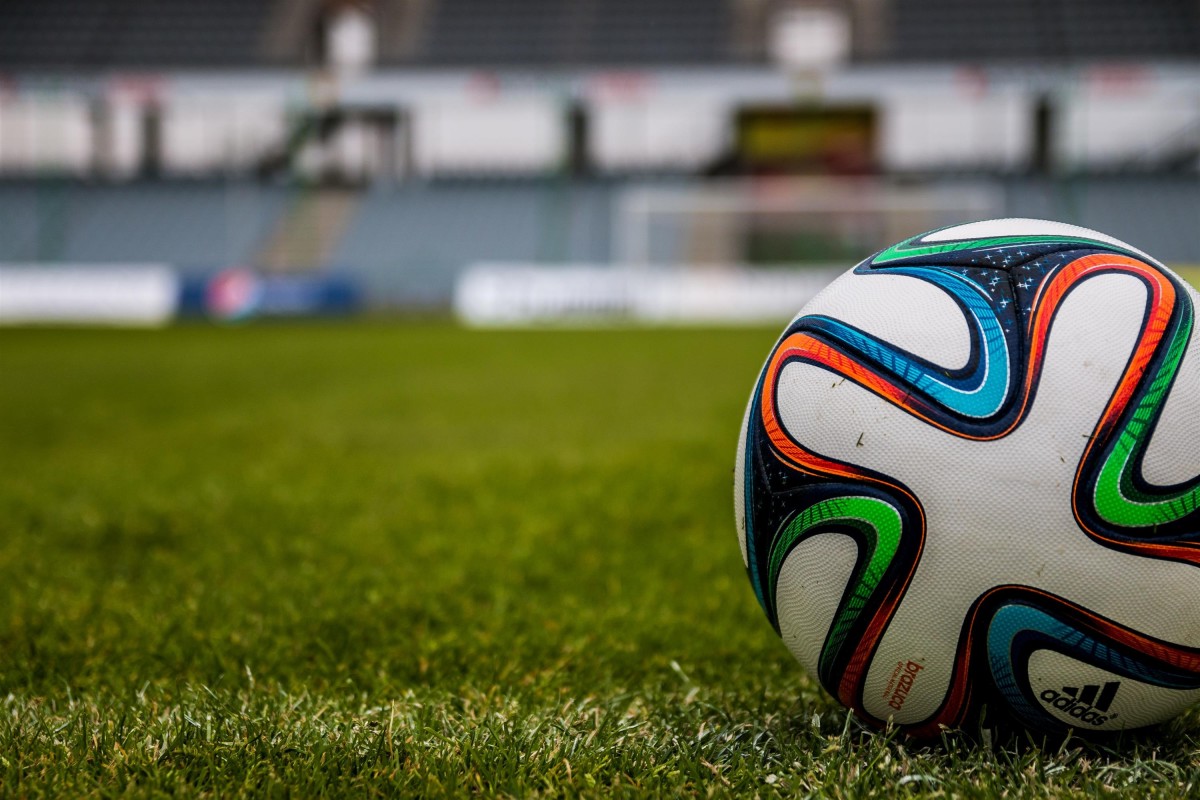Top 10 Players Who Never Played in a World Cup
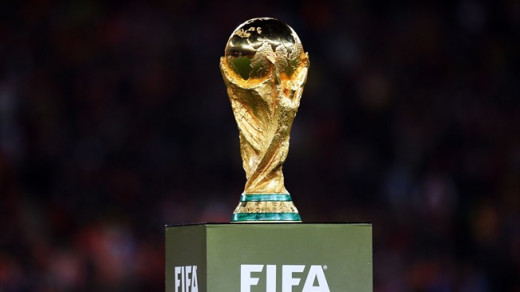
10. Alberto Spencer (Ecuador/Uruguay)
The Ecuadorian striker Alberto Spencer was one of the best of his generation. Between 1959 and 1970, he played 519 matches and scored 326 goals for Uruguayan giants Peñarol, winning seven times the national league, three Copa Libertadores and two Intercontinental Cups (what is now the FIFA Clubs World Cup).
Spencer, who still is Copa Libertadores’ all-time top goalscorer with 54 goals in 88 appearances, played for both Ecuador and Uruguay. The Cabeza Mágica ("Magic Head") scored four times in 11 games for his native country between 1959 and 1972, and netted twice in six matches for his other nation between 1964 and 1967.
His closest attempt to reach the World Cup was in 1965. After finishing the group round leveled with Chile, Spencer was sent off during the decisive tiebreaking encounter with the Chileans, who managed to beat Ecuador by 2-1 and qualified to England 66.
Alberto Pedro Spencer Herrera, who started his career in CD Everest, would still play in Barcelona SC, from Guayaquil, from 1970 to 1972 before retiring. He died in 2006, aged 68. After his passing, the stadium in Guayaquil was renamed Estadio Modelo Alberto Spencer Herrera in his honour.

9. Eiður Guðjohnsen (Iceland)
The Icelandic legend’s career already began with a remarkable moment. When Eiður was just 17 years old, he made history in a friendly against Estonia in 1996 after replacing his own father, Arnór, during the second half. Though they were never able to play side by side, this is still the only time a son came off the bench to substitute his own father in an international match.
The young Guðjohnsen played from 1994 to 1998 at PSV Eindhoven, then moved to local club KR and later to Bolton Wanderers, where he had his breakthrough in England. In 2000, the then 21 year-old moved to Chelsea, where he had some of the best displays of his career. With the Blues, Eiður played 182 league matches in six seasons and scored 54 goals, lifting twice the Premier League and once both the League Cup and the FA Community Shield.
In 2006 the Ice Man moved to an even greater European powerhouse: FC Barcelona. In Spain, Guðjohnsen didn’t make the impact it was expected from him, but still won the trophies of La Liga, Copa del Rey and the most important of his career: the 2008/2009 UEFA Champions League. After Barcelona, Iceland’s most famous and prolific footballer had some frustrating and unsuccessful seasons with several European clubs.
Despite the beginning of his downfall as a world talent, in the qualification campaign for the 2014 World Cup Guðjohnsen helped a young and talented Iceland squad reach the playoffs for the first time ever. The Nordic country was eliminated by Croatia in a close encounter, which made the legendary striker announce his retirement from the national team.
But the endless striker wasn’t done yet. Now a 36 year-old veteran, Eiður returned to where his best moments began: Bolton Wanderers. After some good displays for the English club, he was called up once more to represent his nation and, in his new debut, scored the first of Iceland’s three goals in a 3-0 triumph over Kazakhstan.
Iceland have a real chance of qualifying for its first ever senior competition (Euro 2016) and who knows what else Eiður Guðjohnsen can achieve. Only time can tell.
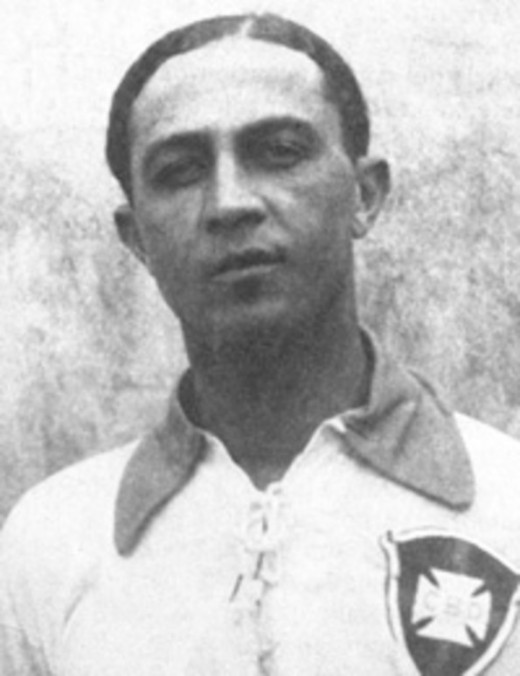
8. Arthur Friedenreich (Brazil)
The first Brazilian football superstar was Arthur Friedenreich, born in 1892 in São Paulo. Grandson of a German naturalist, Friedenreich started his amateur career in a club called - who would've thought - Germania.
He played for 13 clubs from 1909 to 1935, winning seven São Paulo State championships and being the top scorer in nine of them. In 1914, Fried was called up for the first time to the national team, for which he played 23 games and netted 10 goals in 11 years. Legend says he scored more than 1300 goals in over 1200 matches throughout his career.
With (and thanks to) Friedenreich, Brazil won its first two Copa América tournaments, in 1919 and 1922, after which the German-Brazilian striker got the nickname El Tigre ("The Tiger"). Despite already being a living legend in Brazil, El Tigre didn’t make it to the 1930 World Cup, in Uruguay. The reason is still unbelievable: at that time, the national team was composed only of Rio de Janeiro-based players.
Without Friedenreich, Brazil was eliminated in the first round and the great striker sadly would never be able to play in a World Cup.
7. Eric Cantona (France)
There are two main reasons for Eric Cantona’s absence in the World Cup history: his short career (1983-1997) and his country’s shameful fails to reach the tournaments of 1990 and 1994. Born in Marseille, Cantona began his professional career in Auxerre and, after some good seasons, moved to his hometown club, Olympique.
He wasn’t able to meet the expectations there and, after being loaned out to Bordeaux and Montpellier, moved for a short period to Nîmes Olympique. Afterwards, Eric Cantona embarked on a new adventure and signed with Leeds United, which would be the start of his legend in England.
In 1992 he won both the First Division and the Charity Shield (now Community Shield) with The Whites before moving to Manchester United. With the Red Devils, Cantona played the best football of his career, in spite of some controversial episodes such as the infamous “kung-fu” incident against Crystal Palace.
Between 1992 and 1997, the controversial Frenchman played 185 games and netted 55 times for Alex Ferguson’s side, winning four Premier League titles, three Community Shields and two FA Cups. In the French national team, for which he played from 1987 to 1995, he scored 20 goals in 45 matches. His only official tournament for Les Bleus was the 1992 Euro: he played all three group stage games, but failed to score.
An iconic figure, Cantona has appeared in some movies and, after his retirement, coached the France Beach Soccer national team for six years, winning the World Cup in 2005. At least he found some worldwide success in another kind of football.
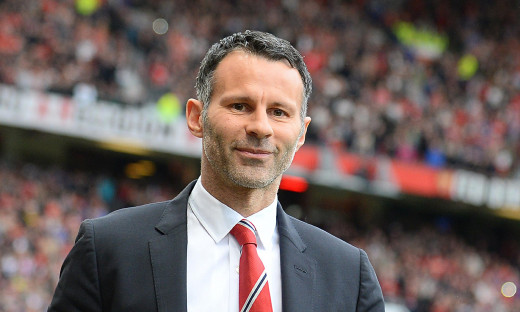
6. Ryan Giggs (Wales)
A player who spent his entire career in the same club is already something exceptional. When this player is gifted with technique and leadership, he becomes a myth. And this sums what Cardiff native Ryan Giggs represented.
The Welsh midfielder started playing for Manchester City in his youth, but moved to their local rivals, United, before turning 14. In 2015, with 41 years old, Ryan Giggs is still part of the Red Devils, now as the assistant manager for the team, which means he has been working in the same place for the last 27 years.
During that time, the Welsh legend played 963 official matches, scored 168 goals and still holds the record for the most assists in Premier League history: 271. Throughout his 24 seasons in the senior Manchester United squad, Giggs won 13 Premier League titles, nine FA Community Shields, four FA Cups, three Football League Cups, two UEFA Champions League titles, one UEFA Super Cup, one Intercontinental Cup and a FIFA Clubs World Cup. 34 trophies in 24 years.
In spite of his brilliant club career, Giggs wasn’t able to lead his beloved Wales to any major tournaments such as the World Cup or the UEFA Euro. He didn’t even play many games for his national team, with only 64 matches and 12 goals between 1991 and 2007. It is clear, though, that his success inspired a whole nation, hence the new generation of talented Welsh footballers. Now with the likes of Gareth Bale, Aaron Ramsey, Adam Matthews, Ashley Williams and Neil Taylor, the Dragons are close to reaching their first official tournament since 1958.
Unfortunately, Ryan Giggs, who was appointed an Order of the British Empire in 2007, won’t have the opportunity to join this team and defend his homeland once more as a player.
5. Jari Litmanen (Finland)
“On vain yksi Kuningas!”. It means “There is only one King”, and that’s what Jari Litmanen represented to the Finnish. Born in Lahti, the attacking midfielder began his career with local club Reipas and, after making a name for himself with great displays for this team, HJK and MyPa, joined Ducth giants Ajax.
In Amsterdam, the “Kuningas” had the best moments of his career. From 1992 to 1999, the Finnish played 226 games and scored amazing 129 goals, winning the Eredivisie four times, both KNVB Cup and Super Cup thrice, one UEFA Champions League, one Intercontinental Cup and an European Super Cup. After that, he moved to Barcelona and later to Liverpool, where he lifted two trophies in 2001.
After his brief time in England, Litmanen returned to Ajax for a short period, then back to his hometown to play for FC Lahti. Before retiring, he still played for Hansa Rostock, in Germany, Malmö, in Sweden, Lahti again and last for HJK.
Besides being Ajax's top goalscorer in European tournaments, with 26 goals, Litmanen is also Finland’s most capped player and top scorer, with 137 games and 32 goals between 1989 and 2010. Despite having played with his country’s “Golden Generation”, alongside Mikael Forssell, Jonathan Johansson, Antti Niemi, Jussi Jääskeläinen, Teemu Tainio and Sami Hyypiä, the “King” was never able to reach a World Cup. The closest he came to it was at the 1998 qualification campaign, when an own goal on stoppage time deprived Finland from a spot at the playoffs.
After his retirement, Finland never came close again to reaching the World Cup.
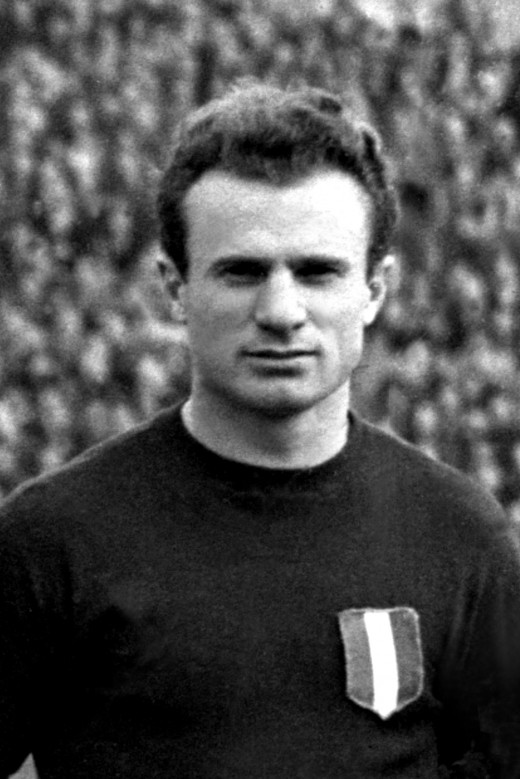
4. Valentino Mazzola (Italy)
Valentino Mazzola was one of Italy’s most talented attacking midfielders ever, but his genius football was prevented from playing in a World Cup for two tragic reasons. Mazzola was at the peak of his career while World War II erupted and then, in 1949, he passed away in the infamous Superga air disaster.
Before arriving in Torino, in 1942, Valentino Mazzola played for Tresoldi, Alfa Romeo and Venezia. From 1942 to 1949, Mazzola had 195 caps and 118 goals for Il Toro, winning the Serie A five times and the Coppa Italia once. He was simply one of the best players in the World playing for the best team in the World.
After the cancellation of the 1942 and 1946 tournaments, thanks to the war, Valentino would have the chance to represent his country in Brazil 1950, but a tragedy put an end to his and the entire Torino squad’s career. After a friendly in Lisbon against SL Benfica, the Italian champions were heading back to their country on May 4th when their plane crashed near the town of Superga. All the passengers were killed and only one first-team player, who didn’t travel to Portugal, remained from the original champion squad.
Even though he passed away at the young age of 30, played only 12 games and scored four goals with the Italian shirt, the great Valentino Mazzola was deservedly inducted into the Italian Football Hall of Fame in 2012.
3. George Best (Northern Ireland)
There was probably no player as controversial as the fantastic George Best, the best Northern Irish player ever. The British tabloids loved his extravagant and bohemian lifestyle and the fans loved his speed, technique and goals.
Best played from 1963 to 1974 for Manchester United, with 474 appearances and 181 goals. During his time with the Red Devils, the controversial George conquered twice both the Football League First Division (now Premier League) and the Charity Shield (now Community Shield) and once the European Cup (in 1967/1968). After making a name for himself in Manchester, Best played for several other clubs before retiring in 1984.
With the Northern Ireland national team, Best almost qualified for the 1966 World Cup, but a draw in the last away game with a last placed Albania prevented that from happening. He played 37 games and scored nine goals for his nation.
Due to his addiction to alcohol, George Best had to go through a liver transplant and then to take immuno-suppressive drugs. He died in 2005, 59 years old, after some complications from those drugs. Still, his goals, his career, his championships and his famous words shall always be remembered by all football fans: “I spent a lot of money on booze, birds and fast cars – the rest I just squandered” – BEST, George.
2. George Weah (Liberia)
George Tawlon Manneh Oppong Ousman Weah is so far the only African to have won both the FIFA World Player of the Year and the Balon d’Or. This, plus the fact that he did everything he could to get his nation to a World Cup, almost placed him on the top of this list. And when I say he did everything he could, I mean it.
Weah financed the whole Liberian campaign during the qualification for France 1998. The team disappointed, but he didn’t give up. In 2001, the African legend not only played for, but also coached his nation. And under Weah’s management, Liberia missed by only a point a spot in Japan/South Korea 2002. If they had won their last home game, against Ghana, they would have qualified, but a narrow 0-1 defeat gave Nigeria the lead of the group and the tickets to the World Cup.
Despite the lack of success with the national team, for which he played 60 matches and scored 13 goals, the Liberian star had fantastic displays for Monaco (1988-1992), Paris Saint-Germain (1992-1995) and Milan (1995-2000). After winning numerous championships, such as the Ligue 1, Serie A (twice) and the Coupe de France (thrice), Weah moved to Chelsea, Manchester City and Olympique de Marseille before finally retiring while playing for Al-Jazira, from UAE, in 2003.
After the second Liberian Civil War (1999-2003), George Weah started his political career. In 2014 he was elected to the Liberian Senate, where he works nowadays.
1. Alfredo Di Stéfano (Argentina/Spain/Colombia)
Alfredo Di Stéfano is regarded by many as the best player in history. Born in Buenos Aires to an Argentine-Italian father and an Argentine-French-Irish mother, he started his career in River Plate, one of the most popular, traditional and successful clubs from the city. After four years playing for River (1945-1949), with a loan to Huracán in 1946, he signed for the Colombian side Millonarios.
After four years in Colombia, winning three Colombian championships, Di Stéfano moved to Real Madrid. He played 11 years for the Merengues, six of them alongside the Hungarian legend Ferenc Puskás, winning eight Primera División championships (now La Liga), five European Cups in a row (now UEFA Champions League), one Copa del Rey and one Intercontinental Cup. He’s considered one of the greatest idols from Los Blancos. After his time in Madrid, the Saeta Rubia (Blond Arrow) moved to Barcelona to play for Espanyol, where he retired in 1966, aging 40.
Di Stéfano represented Argentina in the 1947 Copa América, winning the tournament. Ten years later, though, while playing for Real Madrid, he was invited to join the Spain national team in order to help them qualify to the 1958 World Cup. After missing the competition in Sweden, Di Stéfano managed to help his European nation to achieve their goal in 1962, but unfortunately couldn’t play in Chile due to an injury just before the Cup.
After that, he would still play for another country, this time Colombia. In the end of his victorious career, he had played and scored six times for both Argentina (1947) and Colombia (1962) and amassed 31 appearances for Spain, netting 23 times.
Di Stéfano also had a prominent coach career, managing eight teams in Spain, Portugal and Argentina between 1967 and 1991, including Boca Juniors, River Plate, Real Madrid and Valencia. Coincidence or not, he never coached a national team in a World Cup.
Don Alfredo passed away on July 7th 2014, aged 88.

Hors Concours
The following players didn't make it to my top ten list, but were also brilliant and really deserved to play at least one FIFA World Cup:
Abedi "Pelé" Ayew (Ghana)
Adrian Mutu (Romania)
Alex (Brazil)
Ali Al-Habsi (Oman)
Ásgeir "Sigi" Sigurvinsson (Iceland)
Bruce Grobbelaar (Zimbabwe)
Claudio Pizarro (Peru)
David Ginola (France)
Frédéric Kanouté (Mali)
Henrikh Mkhitaryan (Armenia)
John Arne Riise (Norway)
Johnny Giles (Ireland)
Juan Arango (Venezuela)
Kazuyoshi Miura (Japan)
Kunishige Kamamoto (Japan)
László Kubala (Hungary, Czechoslovakia, Spain)
Massimo Bonini (San Marino)
Niels Poul "Tist" Nielsen (Denmark)
Sami Hyypiä (Finland)
Seydou Keita (Mali)
Shota Arveladze (Georgia)
Sotiris Kaiafas (Cyprus)

